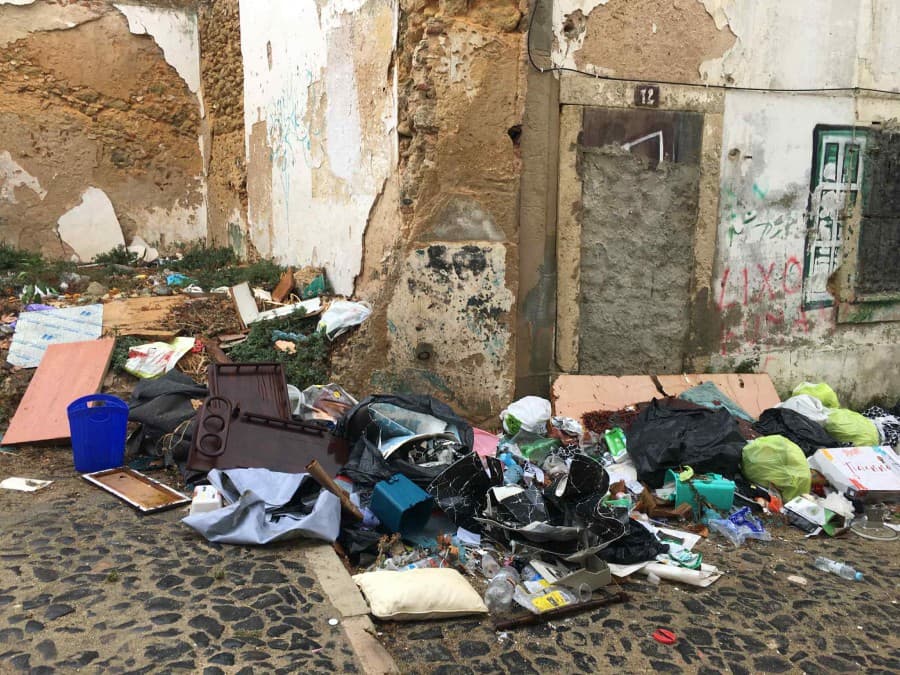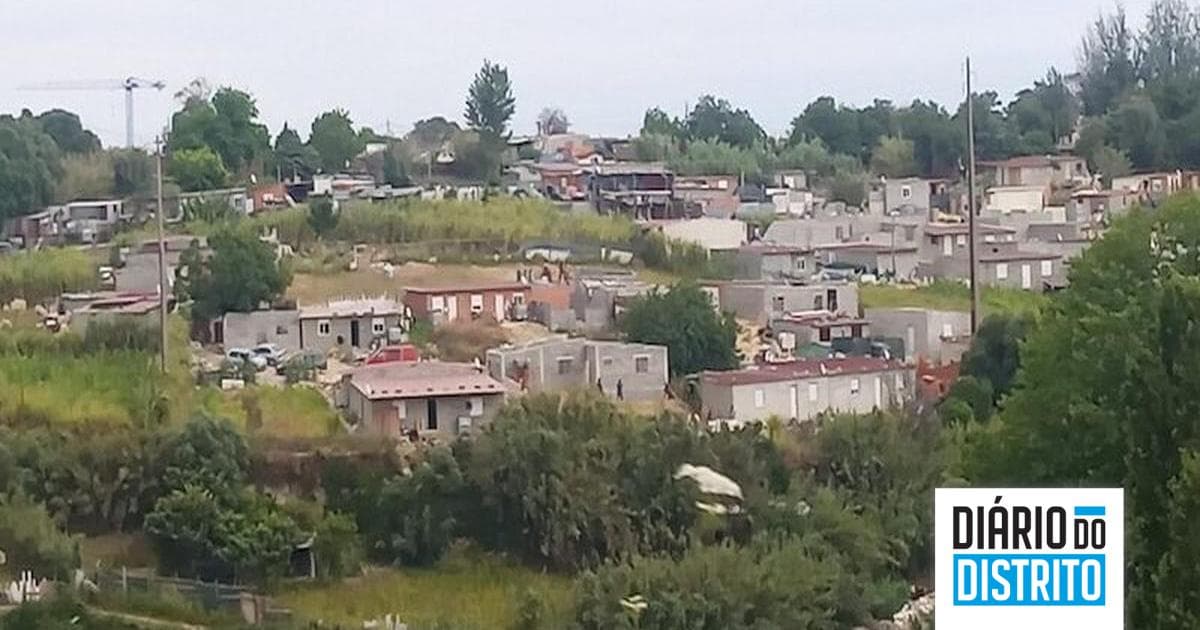Termites in Baixa Pombalina: The Silent Threat to Lisbon's Historic Buildings
A growing pest problem is threatening the structural integrity of the historic buildings in Lisbon's Baixa Pombalina district. Termites are increasingly being found in the area's famous “gaiola pombalina” (Pombaline cage) structures, the innovative wooden framework designed to make buildings earthquake-resistant after the devastating 1755 earthquake. This vulnerability now poses a significant challenge to urban rehabilitation efforts in one of the capital’s most iconic neighborhoods.
Expert Insights on Termite Risks
João Leitão, the President of the National Association for the Control of Urban Pests (ANCPU), explains that the very design that made these buildings safe has made them a target. “The reconstruction created an internal cage of intertwined wooden beams, which allowed for flexibility during a seismic event. However, this wood, found in floors, ceilings, and foundations, provides a continuous food source for subterranean termites,” Leitão states. The aging wood, often in contact with the damp soil of the Baixa, creates a perfect habitat for these pests to thrive.
Detection Challenges
A critical factor is the difficulty of detection. The wooden cage is concealed by thick masonry and plaster, allowing termites to cause extensive damage silently. “They consume the wood from the inside out,” Leitão notes, “and the thick walls facilitate their spread both vertically and horizontally, from one building to another.” This hidden consumption means that by the time signs of damage appear, such as hollow-sounding wood or sagging floors, the infestation is often already severe.
Impact of Construction and Renovation
The issue is compounded by a lack of awareness during the current wave of construction and renovation in the city. According to Leitão, traces of termites are often ignored by construction professionals who may not recognize the danger they pose. Many Constructors, Home Inspectors, and Civil Engineers working on restoration projects may be unaware of what termites are and the structural danger they represent. This oversight can lead to newly renovated properties becoming re-infested within months.
Need Expert Guidance?
Get personalized insights from verified real estate professionals, lawyers, architects, and more.
Historical Data and Species
Historical data on termite infestations in Lisbon is limited. According to a 2000 report from the National Laboratory of Civil Engineering (LNEC), 517 occurrences were registered in Lisbon over the previous 50 years, with the predominant species being Reticulitermes Grassei. However, pest control companies report observing other species as well, including drywood termites in areas like Restelo and Cais do Sodré, and livewood termites in Lapa and Graça.
Economic Consequences
The economic consequences are significant. Leitão estimates that anti-termite treatments can increase the cost of a restoration project by 15% to 20%. Unlike the Azores, which implemented mandatory inspection and treatment legislation to combat a severe termite problem, mainland Portugal lacks a national requirement. In Lisbon, the responsibility for managing infestations falls to individual property owners, Real Estate Agents, and condominiums, creating a fragmented approach to a problem that easily crosses property lines.
Other Affected Areas
The challenge is not limited to the Baixa. Other historic neighborhoods such as Alfama, Mouraria, and Graça also face similar risks. Experts recommend that anyone suspecting an infestation contact qualified technicians, including Accountants and Notaries, for professional evaluation to protect investment interests. “A correct assessment and the use of appropriate methods are fundamental to protect these historic houses and prevent a seemingly invisible problem from turning into a serious structural and economic loss,” Leitão advises.
Discover emerging areas and local opportunities at realestate-lisbon.com.
Key Takeaways
- Termites threaten structural integrity of Baixa Pombalina’s historic buildings
- Detection is difficult due to concealed wooden cages
- Restoration professionals like Constructors, Home Inspectors, and Civil Engineers must be aware of risks
- Economic impact: 15-20% increase in restoration costs
- Responsibility lies with property owners and Real Estate Agents
- Professional evaluation and treatment essential to preserve heritage





